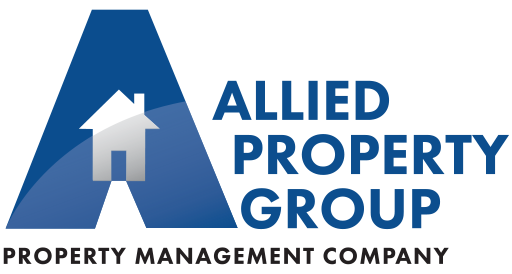Large projects executed within an existing community can be a harrowing experience, but having trained experts on staff to assist in the process can make things run much more smoothly. Today, we interviewed Jimmy Rivero, Regional Manager at Allied Property Group Inc. We’ve tapped his 15+ years of experience within the South Florida market, his well-honed managing skills developed at Allied with over 20 employees answering to him daily, and his long history in the construction and property management fields. He shared with us some best practices, things to keep an eye on throughout the project, and some helpful hints on what a good property manager should be doing for your community.
When it comes to tackling a large project within a community, do you have any best practices you’d like to share?
Of course. Your top priority as a property manager is to avoid missteps, so I’ve got some tested and true way to keep your project running smoothly. Most importantly, consider your Board of Directors. They look upon management to help guide their approved projects successfully and manage its vendors in the best ways possible. Be sure to include them in your process and communicate with them each step of the way.
Paperwork can lead to big missteps. Make sure to keep copies of everything. Some items being formally submitted need the signature of the Board President or a member of the board. Note that this Board Member should be reflected in State’s records as being on the Board of Directors as an officer or director. This will help eliminate any doubts of who signed the documents.
I think Ana did a great job outlining best practices within the main execution of a project in her blog post last year, Are Your Projects at a Dead End?
Also, I never, ever release final payment till which time the Board gives me the OK and, of course, I see for myself that inspection has passed. I also recommend going yourself or sending a trusted associate to make sure the area was left clean and orderly, materials were removed or thrown out, that there are no safety hazards.
Take before, during, and after pictures. Even if you don’t have a specific plan for them, chances are you’ll find a use for them, especially in community newsletters and resident communications.
What about the permitting process, do you have good tips for managing that process, before, during, or after the project?
Whenever a project requires a permit, every step must be handled proficiently. First and foremost, I do like to print all the paperwork and fill out as much information as I can. This includes permit application, Notice of Commencement, and Letter of Approval, which tells the local municipality that the Association has hired a specific vendor to acquire a permit on its behalf for a specific project. Once everything is filled out, it must be signed and notarized by the Board President or a Board Member.
I also urge all managers to have the permit number made available to them and to use the websites provided by most municipalities to track the results of inspections conducted. It is of utmost importance that the FINAL inspection is received and that the passing is noted in the Association’s records. I print and scan the paperwork showing inspections passed because it’s used in many things.
What about communication, who do you need to communicate with throughout the project?
I strongly recommend the property manager be involved in all phases of the project from an information standpoint and communicate to the Board of Directors regularly.
Communication with the vendor is very important, especially in South Florida. As mentioned before, it’s a good idea to check the city’s website to track the inspections process. I tend to check there before contacting the vendor.
Once the permit is acquired, I do believe in informing the residents of the pending project details. It is very important owners know their money is being used for upgrades and repairs or perhaps just as a beautification project. When sending a newsletter or email, be sure to include an email address so owners can ask questions and receive a written response fairly easy and quickly.
You spoke earlier about missteps, can you tell us any good stories?
Oh, let’s not get into specifics. How about this, one of the best practices I mentioned earlier is to save all your documents. You can do this either physically or digitally. On a least one occasion, the municipality actually lost records and incorrectly informed us the permit was expired when in fact the permit was closed. Without proper documentation, it would have been terribly difficult to disprove them.
Also, never allow a manager to be pressured into releasing final payment prior to full approval, final inspection, and personal inspection of the site. That can and will eventually land you in a heap of trouble.
Anything else?
Don’t be afraid to brag about your project. Where the success of your accomplishment like a badge of honor. Learn the inside workings of the project as you complete it including materials and terminology. Like I said earlier, take pictures and advertise the awesome job done in your community and tell your homeowners in whatever way possible.



